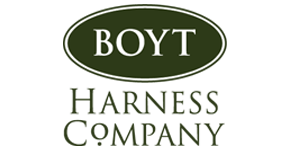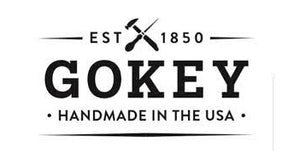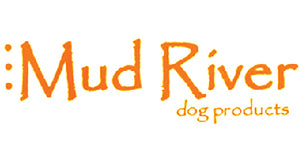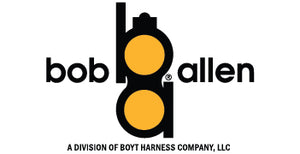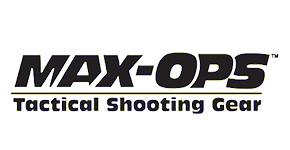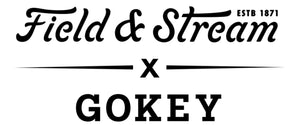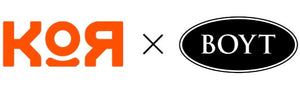A keen sense of sight is a necessary attribute in sporting dogs. Eye injuries can occur during outdoor training and hunting activities, and dogs with pre-existing eye defects or deformations may be more susceptible. Certain facial anatomy in different breeds of dogs can also contribute or make some dogs more susceptible to injury. Minor eye injuries include a transient scratch to the eye surface or foreign material trapped on the eye causing continued eye trauma and irritation. Pain and infection are common complications of eye injuries.
Common symptoms of an eye injury are usually sudden in onset and usually only one eye displays symptoms of injury.
Symptoms include:
● Excessive tearing
● Squinting
● Redness or swelling
● Pawing or rubbing at the eye
● Nasal discharge
● Foreign material visible in the eye
If your canine companion exhibits minor injury symptoms directly following a romp through the woods or following an animal altercation, I recommend a prompt exam of the eyes. If your dog will allow, check for scratches to the eye surface and for foreign material such as seeds, bark, bugs, dirt, etc. Look at the non-injured eye to help identify irregularities in the injured eye and remember debris can be trapped under the eyelids even if you cannot visualize it. Sterile saline can be used to flush out debris and clean the injured eye. A moistened cotton tipped applicator can also be used to gently swipe away loose debris. If the debris is stuck in the eye, do not forcibly remove it. It is not uncommon after injury for the eye to become swollen and potentially have some bleeding or bruising. Infection and pain should also be minimized. After flushing the eye in the field, apply a sterile non-steroid triple antibiotic ointment to the eye. You can likely acquire this ointment from your regular veterinarian to keep in a canine first aid kit. Apply an e-collar if needed to prevent the rubbing or scratching at the injury.
Do not get injured in the process of inspecting your dog’s injury! If inspection increases pain, apply an e-collar to prevent exacerbating the trauma and take the dog to a professional. Also, if an object has punctured the eye or is physically stuck in the eye or eye socket, do not attempt to remove it. This would be extremely painful and may cause more extensive or permanent damage. This injury should only be treated under the care of a veterinarian. In closing, the majority of eye injuries ought to be examined by a veterinarian for best long term prognoses; any major injuries to eyes, eyelids, or face require veterinary care as soon as possible.
First aid in the field can help prevent further injury and infection in your dog but a proper assessment still needs to be made. Occasionally more extensive pain and medical management may be necessary as well as surgery to correct eye injuries.
Find a Kit that includes:
• Sterile saline/ flush
• Non-steroid triple antibiotic ointment
• E-collar
• Cotton tipped applicators
Prevention tips:
• Goggles for sporting dogs
• Seasonal awareness and preparation: Dry, dusty, windy conditions, seasonal pollen.
### Amanda Burow, D.V.M. (Dr. B), is a graduate of Iowa State University’s College of Veterinary Medicine. Dr. Burow’s patient list includes hunting dogs of all varieties, as well as several field trial dogs and full time sporting guide dogs. In addition to practicing general veterinary medicine, she has special interest in the areas of preventive care, emergency medicine, and dermatology. In her spare time, she enjoys being outdoors and on the lake, staying active, reading, and spending time with family and friends. *Mud River is proud to share these tips from Dr. B with our customers. Keep in mind it is best to work with your local veterinary to determine the needs for your animals. ![]()




